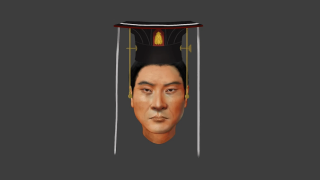
MI weekly selection #557
Corals may have illuminated seas 540M years ago Deep-sea corals may have emitted the first bioluminescence 540 million years ago, about 270 million years before prehistoric shrimp that were previously thought to be the first light-producing animals. Researchers built an evolutionary tree based on 185 coral species to find one common ancestor of all living […]








